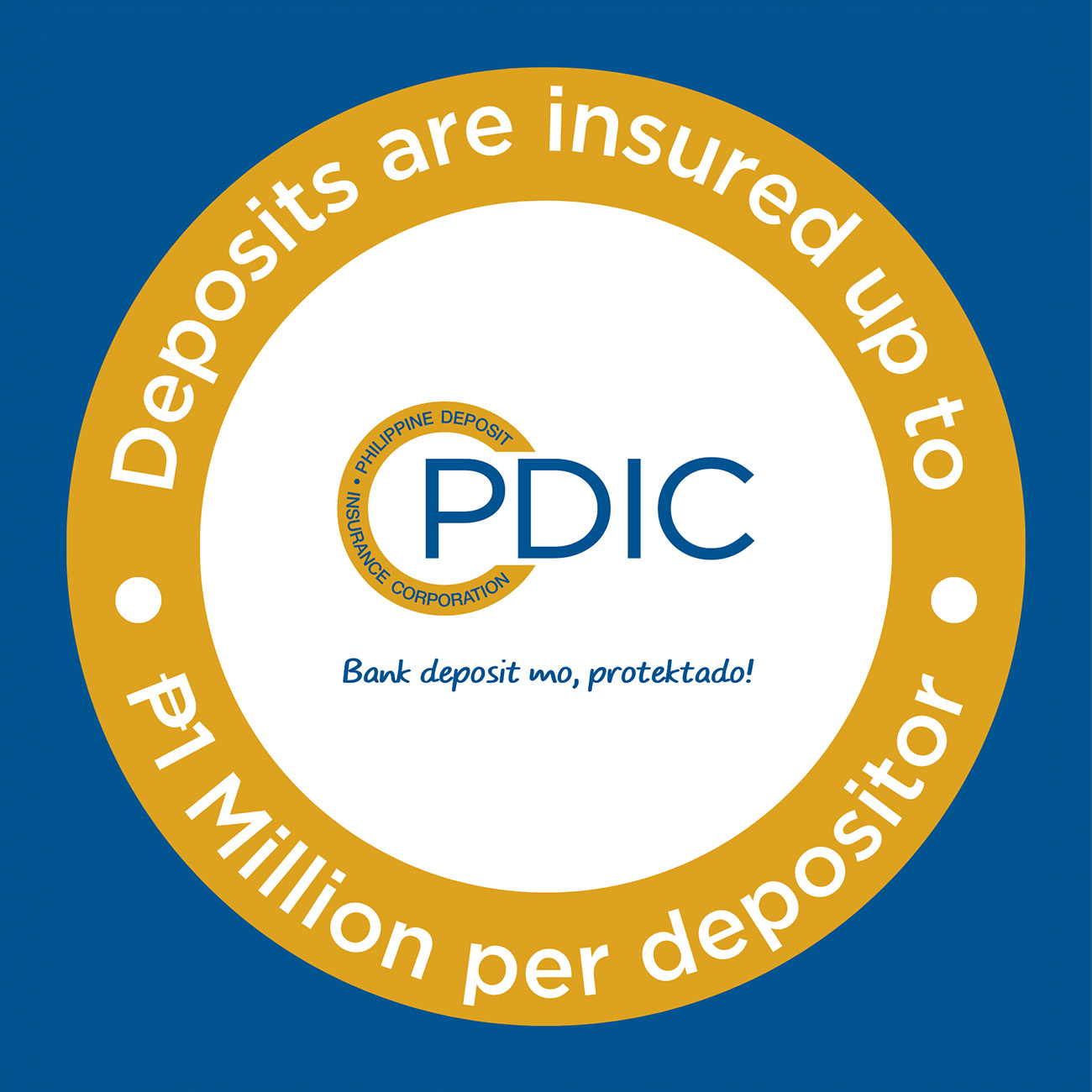With lax law enforcement and incomplete — if not nonexistent — education in the country, Philippine roads are full of drivers that seem to treat rules as if they were mere suggestions. This impunity has led to worse traffic conditions, disregard of the rights of other motorists and pedestrians, and unfortunate accidents that could’ve been avoided with more consideration. You may have learned about what painted road markings mean and taken those lessons to heart. You may have forgotten. You may ignore them, or you may have taken a shortcut through the written exam to get your license. Whatever the case, here’s a refresher on the meaning behind road markings for concerned citizens who want to make the country a better place for motoring.
Solid white line
Vertical solid lines indicate the division between lanes and motorists should stay within them. Changing lanes or overtaking across solid white lines that run vertically along the middle of a road is discouraged and considered risky. Horizontal solid white lines that run across roads are usually seen before intersections. Make sure to slow down or stop before crossing these, as they are warnings of intersecting traffic and crossing pedestrians.
Numerous vertical white lines that cut across a road are pedestrian crossings. Slow down for these and be prepared to give pedestrians way, even without the aid of traffic lights. Many horizontal white lines on a highway are meant to alert drivers to take caution, slow down, and avoid speeding.
Dashed white line
Like their solid counterparts, dashed white lines that run vertically along the middle of a road mark out lanes. Keep your vehicle within those lines for the most part, but you can drive through them in order to overtake or make a turn into another cross street. Practice caution, use your turn signals, and do not dive hastily into oncoming traffic. When the dashed lines are spaced closer together, they indicate things like merging lanes, lanes that widen and narrow, rotundas, or turn boxes.
Solid yellow line
Practice increased caution when around yellow lines. Crossing and overtaking through a solid yellow line is prohibited. If your lane is separated with a yellow line and the other lane has a white dashed line, cars on the other lane may cross into yours but you cannot drive into theirs —vice versa. Double yellow lines running lengthwise along the middle of the road strictly prohibit any overtaking from either side for safety purposes. They are usually painted as a message from engineers that a zone can be accident prone.
Box junction
Boxes with a big X are typically placed in the middle of important intersections that receive high amounts of traffic. Yellow box junctions should always be kept clear. Only drive through them when your traffic lights give you green signals. In the absence of a light or when a traffic light flashes yellow, make sure to slow down and check all directions for oncoming traffic. Only cross when there is enough space on the other side of the big X for your vehicle to fit, so you do not block the intersection. Do not proceed if there is no room, even if the traffic light is green.
Lane arrows and triangles
Arrows remind drivers which direction they must go when following a lane. Arrows pointing left or right indicate that the lane is reserved for those planning on turning. An arrow with two heads, each pointing in a different direction, means that the lane is shared by traffic than may go either way. An upside-down triangle is read as a yield sign, which warns that you are approaching an intersecting road that possesses right of way. Practice caution and ensure your way is clear before merging onto a road after a triangle.


